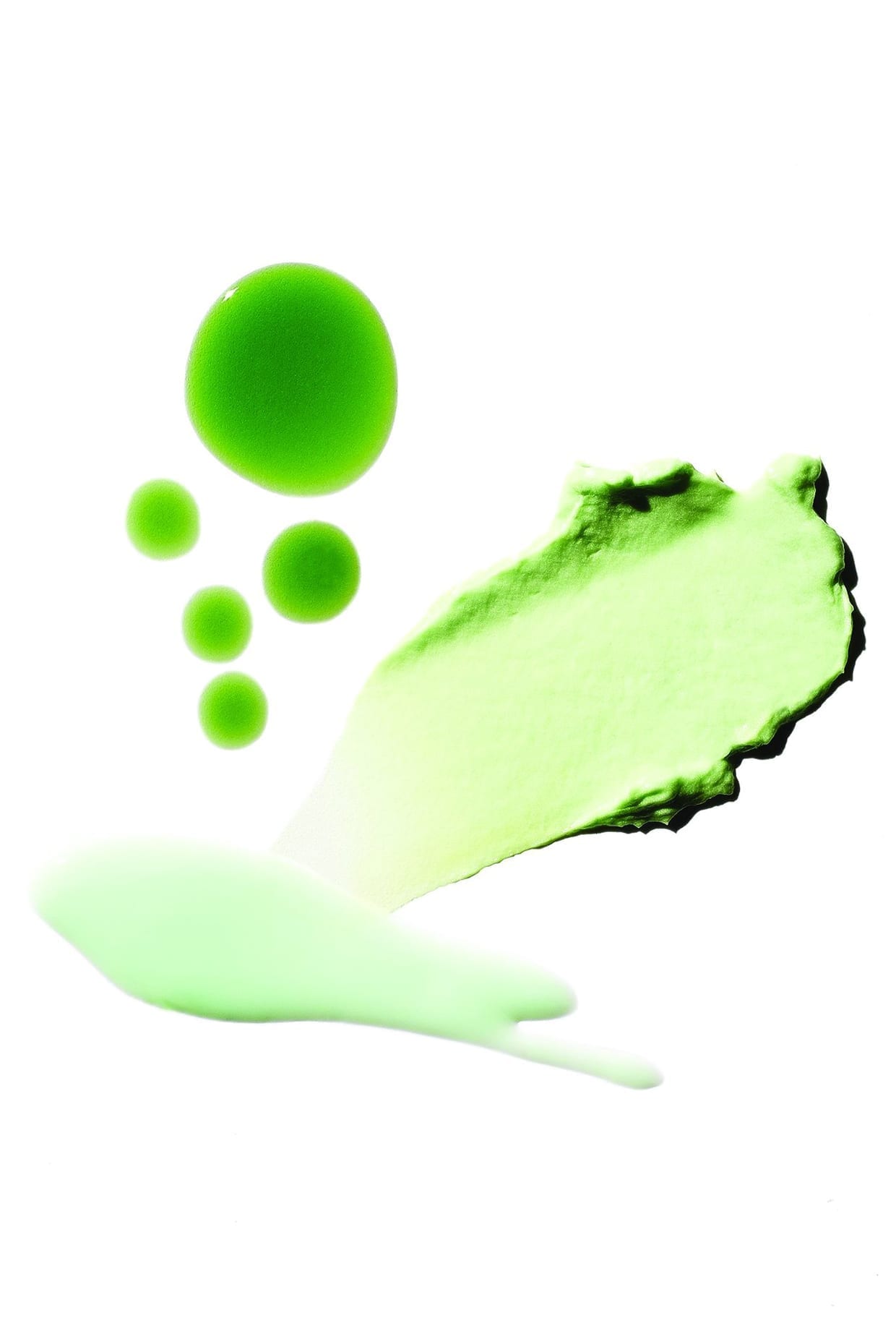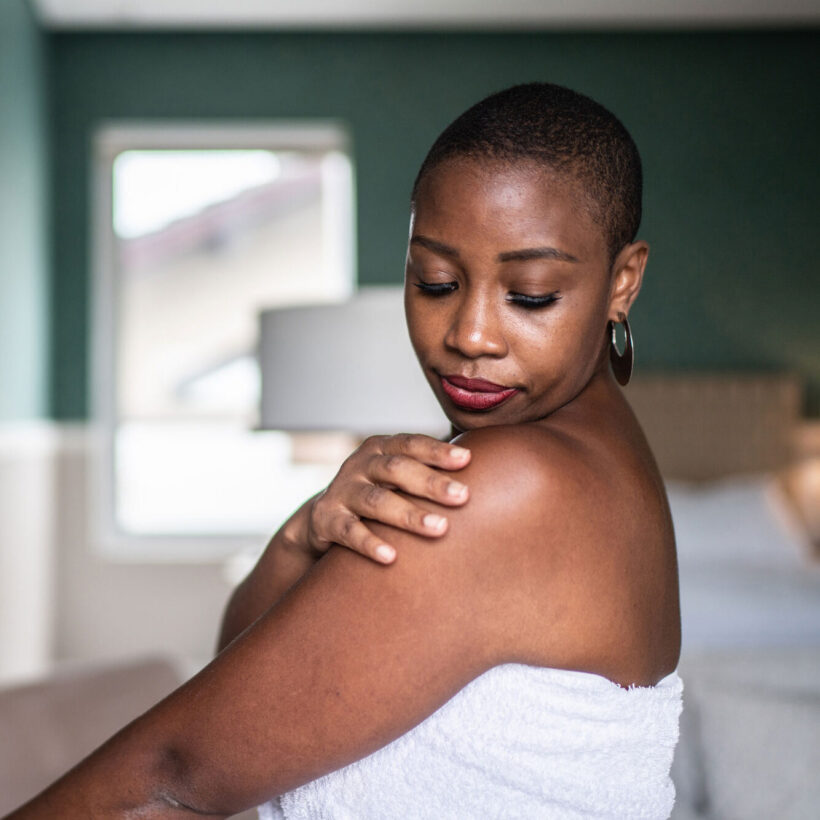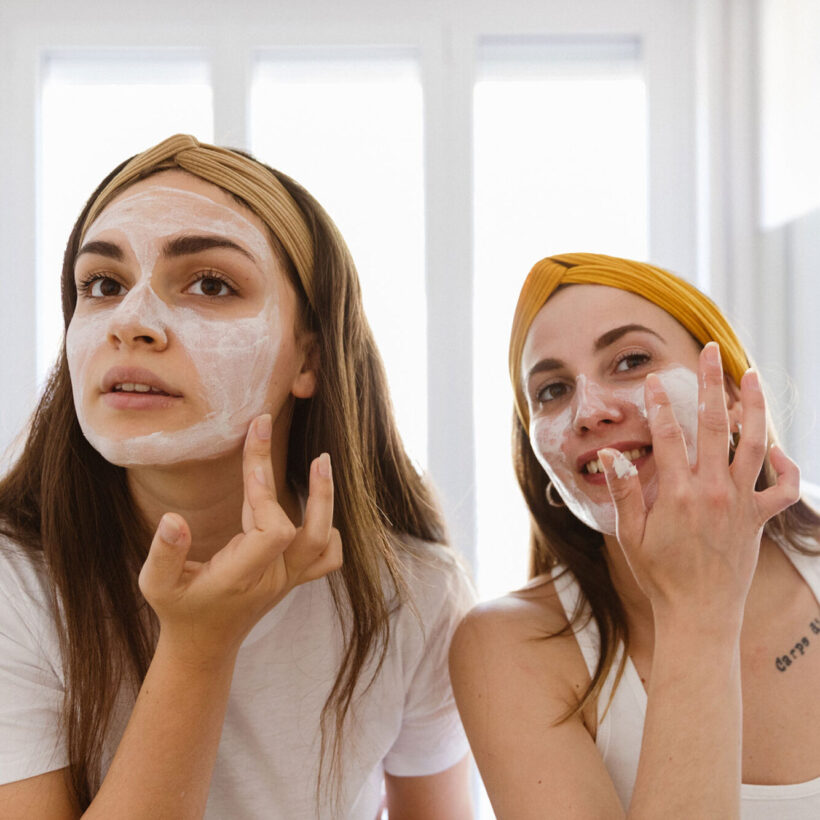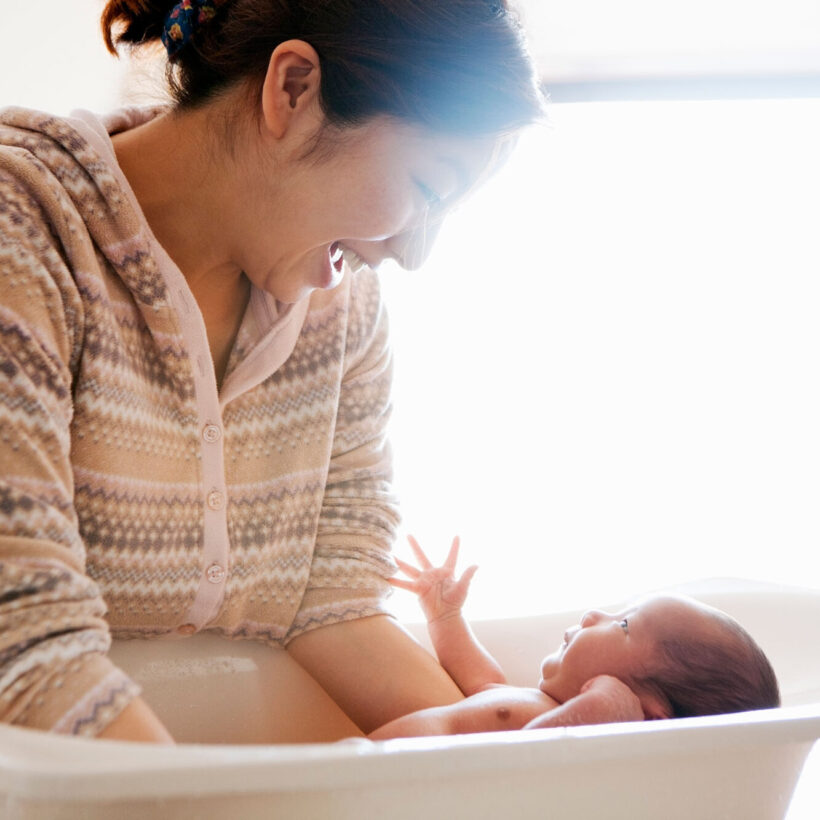Few breakouts have the power to drive you as mad as back blemishes — they are persistent, sometimes painful and a serious nuisance. You can throw cleanser after toner after spot treatment at them and still find yourself left with angry-looking constellations across your neck and shoulders.
The good news is you can get rid of back acne. The secret? Stop treating it the same way you treat the acne on your face.
“This is actually a misconception people have that they can treat facial acne and back acne with the same products — that’s not true,” says Lily Talakoub, M.D., a board-certified dermatologist in Virginia. “Bacne” is different from the acne on your face in two major ways. Firstly, the skin on your back is thicker than the skin on your face (we will get into that later). And secondly, the blemishes that appear on your back are often a totally different type of acne than the breakouts on your face.
Here is your ultimate guide to getting rid of back acne for good.
What Causes Bacne?

To tame the beast, it is important to first understand what you are dealing with. There are two common types of back acne. The first type, similar to the acne that appears on your face, is caused by bacteria and oil blocking your pores. The difference? The body blemishes often appear as if they are on steroids. These “cystic acne” bumps are bigger and deeper than the kind you would get on your face. They are “usually redder and they’re often painful,” Talakoub explains.
The second and much more common type of bacne is not technically acne at all, though it is a close cousin. Dubbed “pityrosporum folliculitis,” these blemishes often look like a spray of tiny, white, pus-filled bumps. Unlike the cystic spots caused by bacteria, these bumps are the fault of a type of yeast that lingers on the skin, causing breakouts. “Women come in and they have it all over their back, particularly in the area where the sports bra hits, because they go to the gym, they workout and then maybe run an errand and don’t shower until a couple hours later,” Talakoub says.
How To Get Rid of Bacne
The distinction between what causes bacne and the two types of blemishes is not just relevant to dermatologists — it determines which back acne products you should use to get rid of it.
For big, red bumps
If you have deeply rooted red bumps — true acne — the first line of defense would be an antibacterial back acne treatment, whether oral or topical, Talakoub explains. Products with salicylic acid, zinc and benzoyl peroxide are common acne fighters that are effective against angry back acne. Salicylic acid breaks down excess oil and keratin to unclog pores and helps regulate the skin’s natural exfoliation process. Zinc regulates oil production and helps control bacterial growth.
Chances are you already have an arsenal for treating facial breakouts, but for back acne, you will need to bring in the big guns, Talakoub cautions. “A lot of times I have patients and we give them medicine for the face and they come back and say, ‘but my back is not clear,’” she says. “The back is much harder to treat.”
The skin on your back is about 100 times thicker than the skin on your face. Translation: Anything you use on your back needs to be significantly more powerful to penetrate through the tougher barrier. “Instead of using a two percent to five percent benzoyl peroxide on your face, you need about a 10 percent benzoyl peroxide formula to get the same results on your back,” Talakoub says.
This means you might turn to acne fighters that might be too harsh for the sensitive skin on your face, like retinols. Retinol is an excellent acne fighter (it helps speed up cell turnover to clear up blemishes and the annoying scars or dark spots they leave behind), but because it is so strong, you might shy away from adding it to your acne routine for fear of redness or peeling. For the thicker skin on your back, it can be the skin soldier you need, Talakoub says.
For the little white rash
For pityrosporum folliculitis — the almost rash-like white bumps that often appear around your bra line — you will need a different strategy entirely. Instead of antibacterial ingredients, look for anti-yeast products like sulfur. “I really like sulfur washes for the back for this type of yeast, Talakoub says.

You can also use dandruff shampoo to treat this type of bacne — yes, seriously. “Using things that are antifungal on the back, like shampoos with selenium sulfide or zinc pyrithione, which are used for dandruff, really helps this too because it targets the same type of yeast,” Talakoub says. Lather up in the shower, let the wash sit on your skin for a few minutes, and then rinse.
Speaking of showers, Talakoub says the number one thing you can do for these back breakouts, has nothing to do with products. Showering immediately after you get sweaty is the real secret weapon to help keep your back clear of these teeny bumps. Whenever you can avoid it, “don’t sit in sweaty clothes — that’s the number one reason people get this,” Talakoub says. It is not just after the gym that you need to worry about. “Even if you don’t go and exercise, a lot of people sweat under their bras and it kind of stays on the skin,” she adds. The fix? Buying bras with a breathable material like cotton can help you stay dry and blemish-free.
If nothing is working, see a dermatologist who can zero in on the causes of back acne and prescribe a powerful antibiotic or anti-fungal medication to fight them.
We only recommend products we have independently researched, tested, and loved. If you purchase a product found through our links, Sunday Edit may earn an affiliate commission.
Editor’s note: This article has been updated since its original publication in January 2019.








